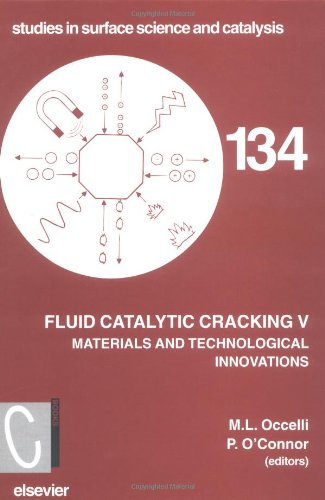M.L. Occelli, P. O’Connor9780444504753, 0444504753
Catalyst production for the transformation of crudes into gasoline and other fuel products is a billion dollar/year business and fluid cracking catalysts (FCCs) represent almost half of the refinery catalyst market.During the cracking reactions, the FCC surface is contaminated by metals (Ni, V, Fe, Cu, Na) and by coke deposition. As a result, the catalyst activity and product selectivity is reduced to unacceptable levels thus forcing refiners to replace part of the recirculating equilibrium FCC inventory with fresh FCC to compensate for losses in catalyst performance. About 1,100 tons/day of FCC are used worldwide in over 200 fluid cracking catalyst units (FCCUs).It is for these reasons that refiners’ interest in FCC research has remained high through the years almost independantly, of crude oil prices. However, recent oil company mergers and the dissolution of research laboratories, have drastically decreased the number of researchers involved in petroleum refining research projects; as a result the emphasis of research has shifted from new materials to process improvements and this trend is clearly reflected in the type of papers contained in this volume. | |

Reviews
There are no reviews yet.